The Celestine hermitages
Wedged in the ravines of the mountains, they were chosen as places for meditation in direct contact with an astonishing nature that offers itself to the eye in all its vastness and magnificence.
There are about a hundred hermitages in Abruzzo, mostly concentrated on the Majella. Some are called 'Celestinian' because they can be traced back to Pietro Morrone, the future Pope Celestine V.
The Hermitage of Sant'Onofrio al Morrone can be reached fairly easily by following a path to the nearby hamlet of Badia. The current building is the one rebuilt after the severe damage suffered during World War II, but the layout dates back to the mid 13th century when Celestine settled in a cave and then built the hermitage and the church of S. Maria in Ruta.
The Santo Spirito a Majella hermitage already existed at the end of the year 1000 and was restored two centuries later by Celestine who had the oratory and the first cell built.
The hermitage slowly grew to accommodate an increasingly large community that remained until the suppression of the monastic orders in 1807. The cave that had housed the first hermits and was chosen as a place of prayer by Celestine still remains beneath the complex of buildings.
San Bartolomeo in Legio is undoubtedly the most striking hermitage, which leaves the visitor astonished, who at the end of the path has an unexpected view of this place, so harsh and majestic at the same time. It is reached by climbing a staircase carved into the rock and includes a chapel, also carved into the rock.
The hermitage of San Giovanni all'Orfento appears to be the oldest, as archaeological finds dating several rooms later reused by the monks to the Bronze Age would prove.
Visiting this hermitage requires particular expertise, so much so that it is necessary to request authorisation from the Caramanico Forestry Station Command. The staircase of about 20 steps is followed by a path so narrow that in some places it is necessary to walk on all fours.

 IT
IT EN
EN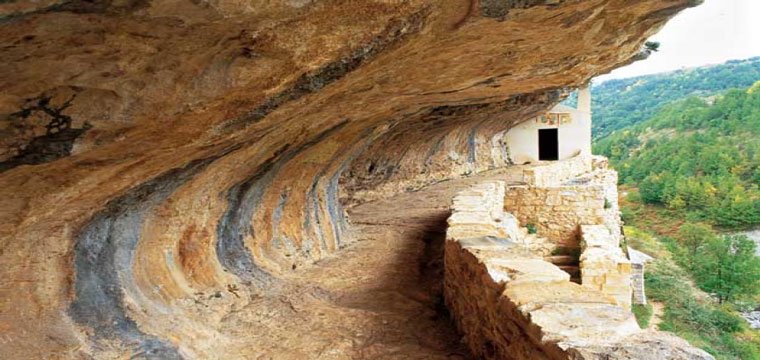
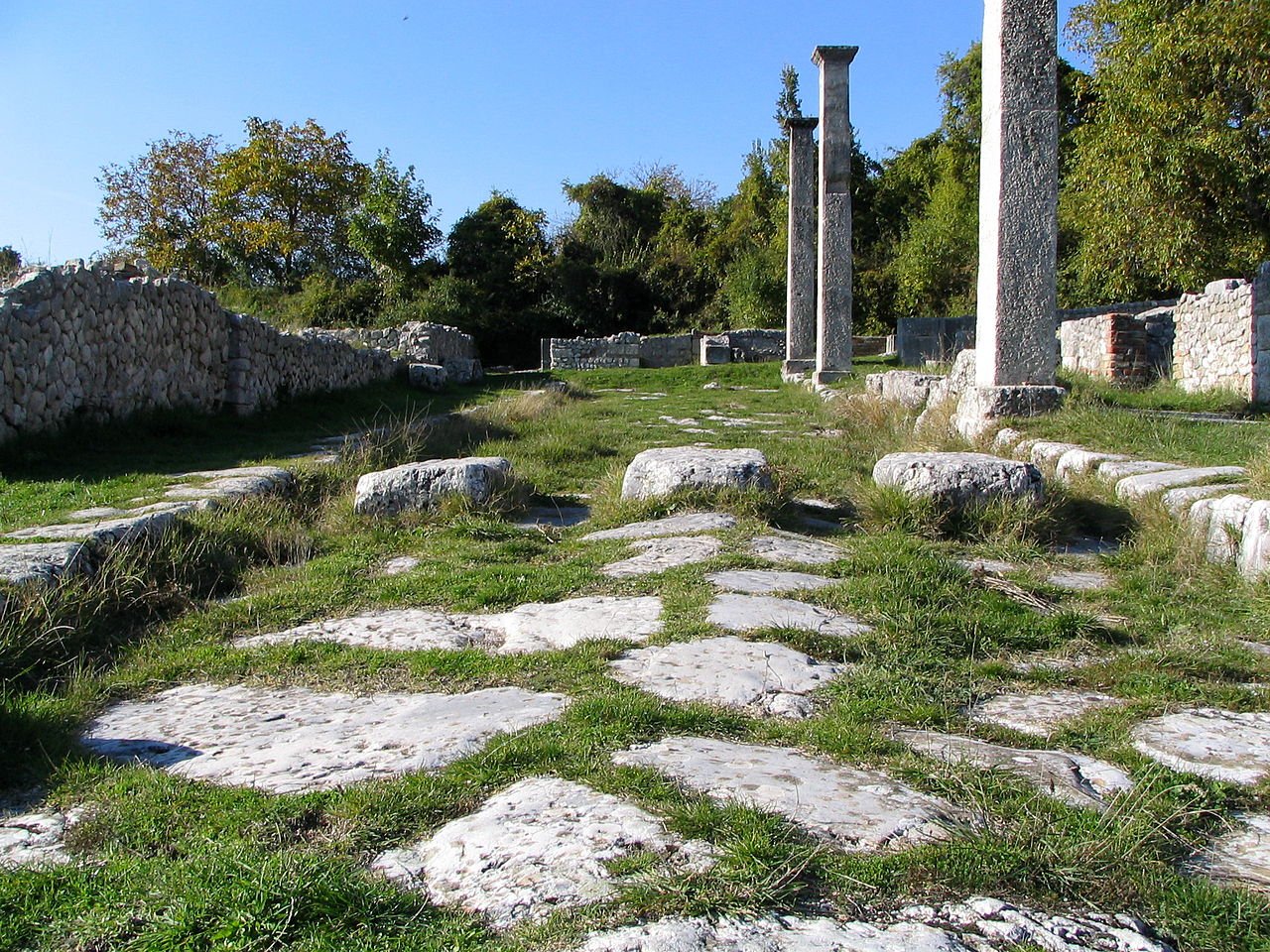


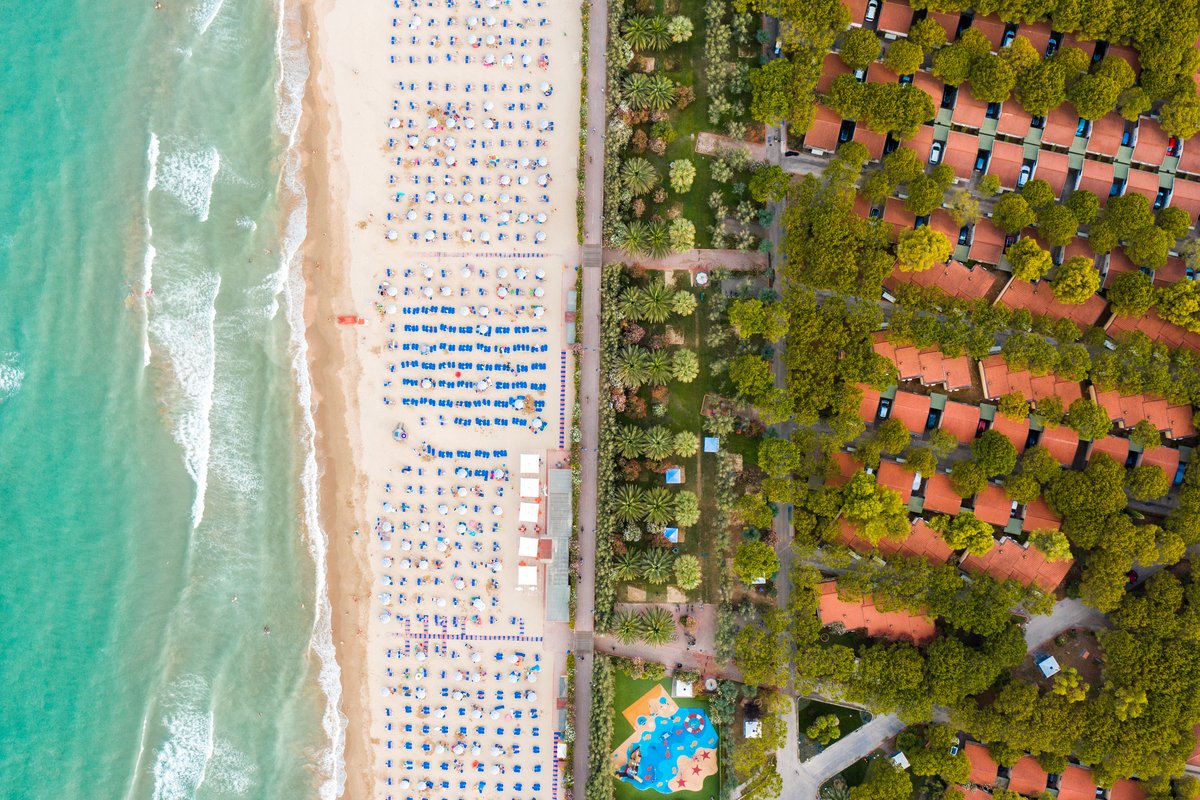
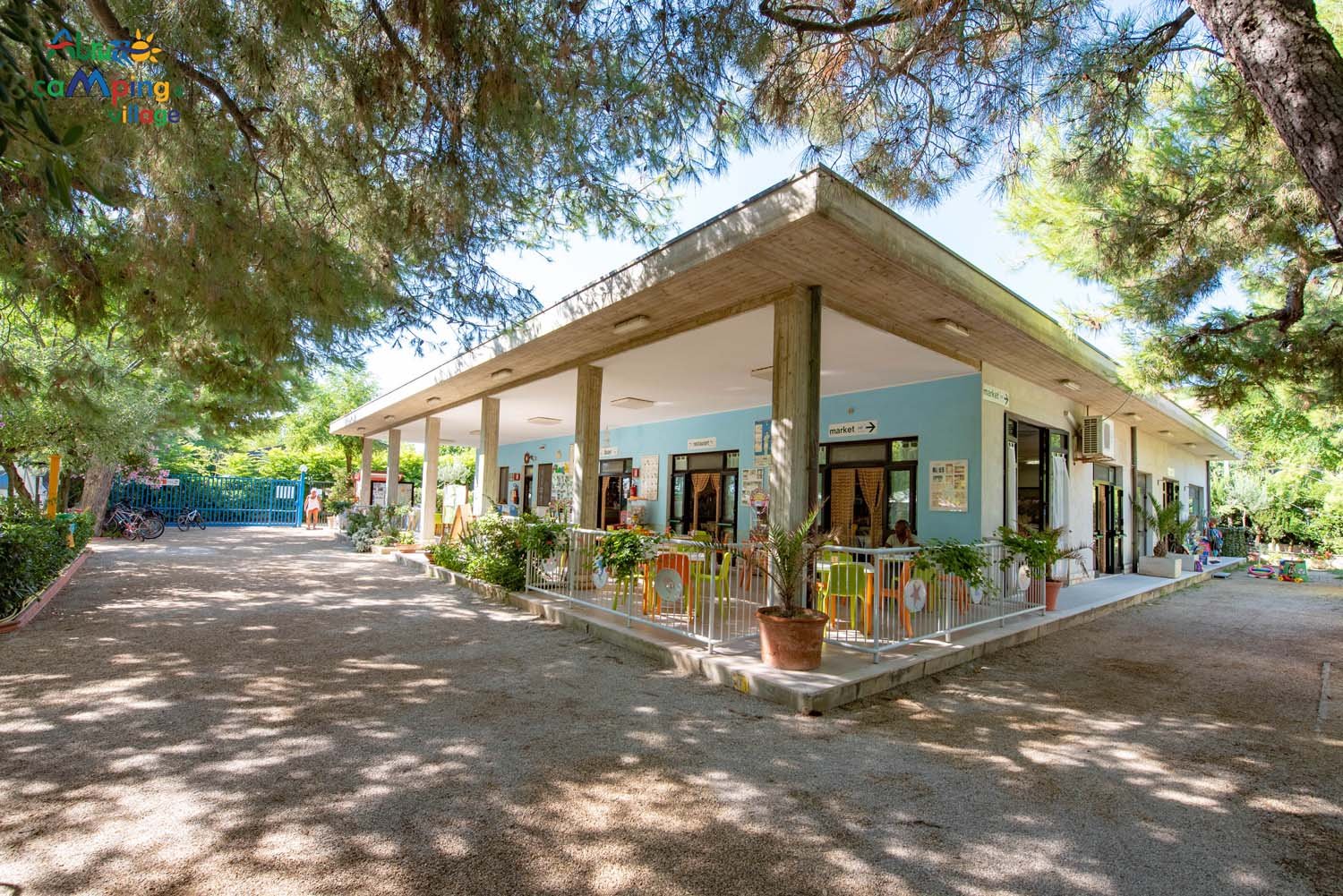
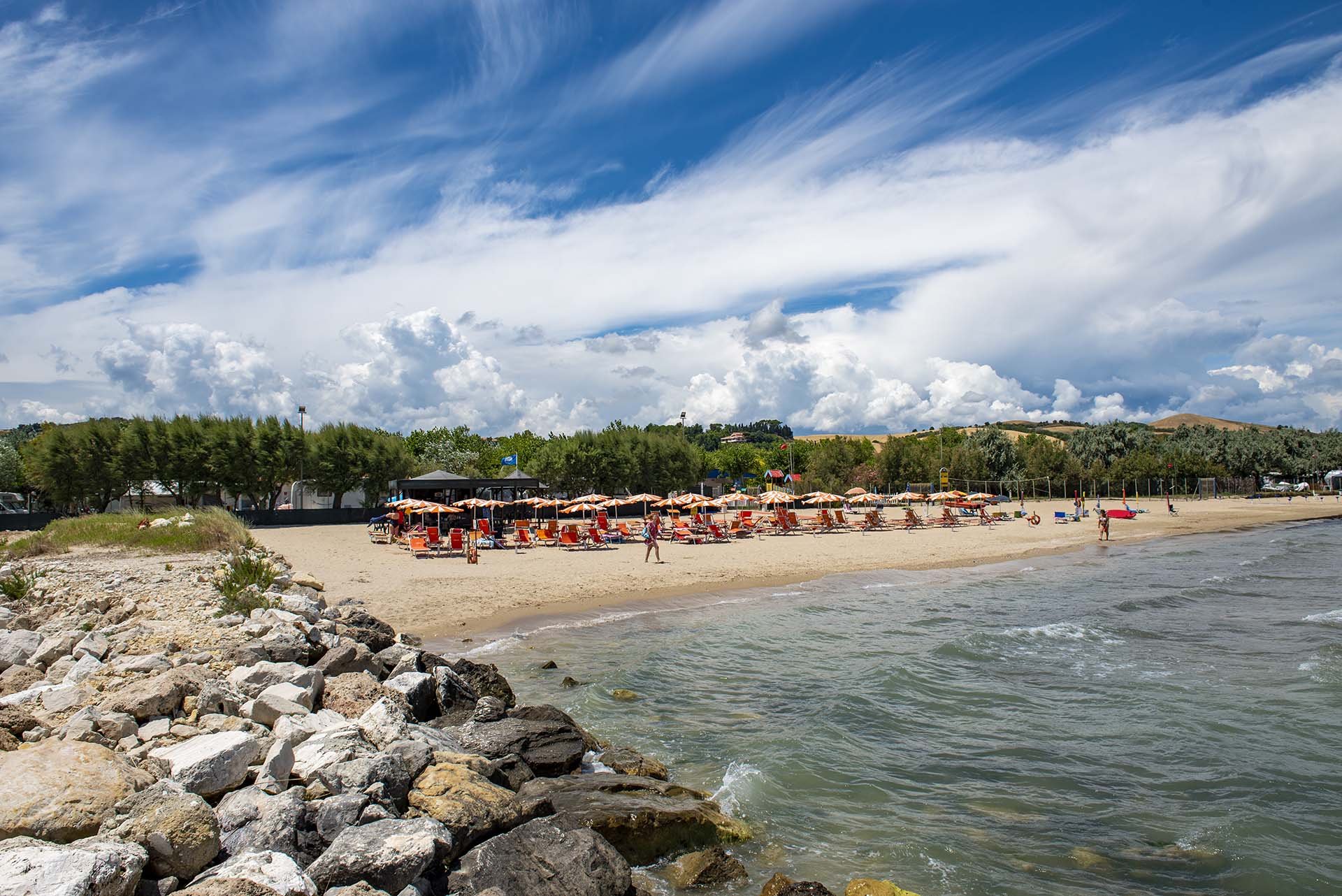
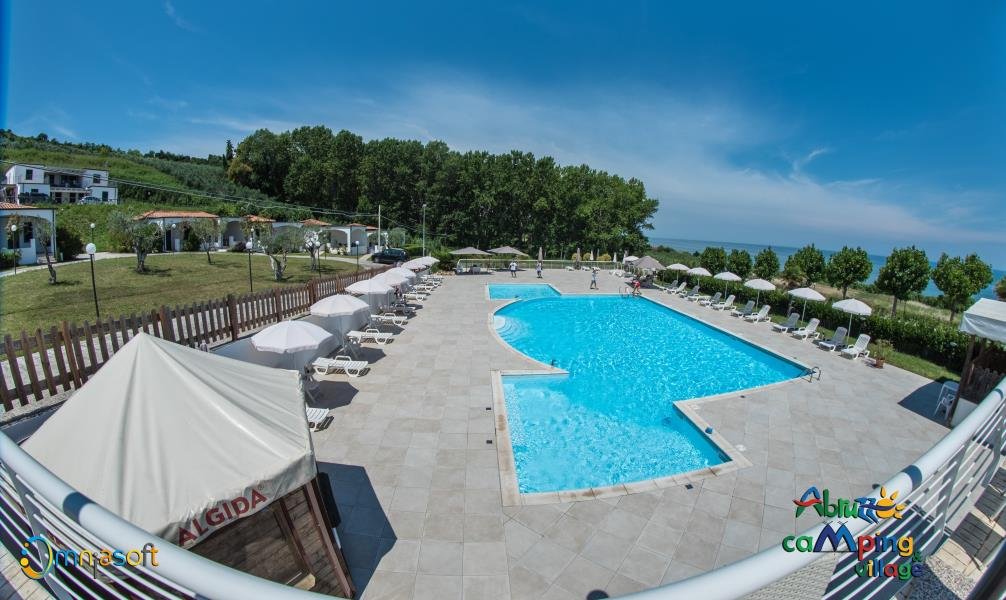

 DE
DE